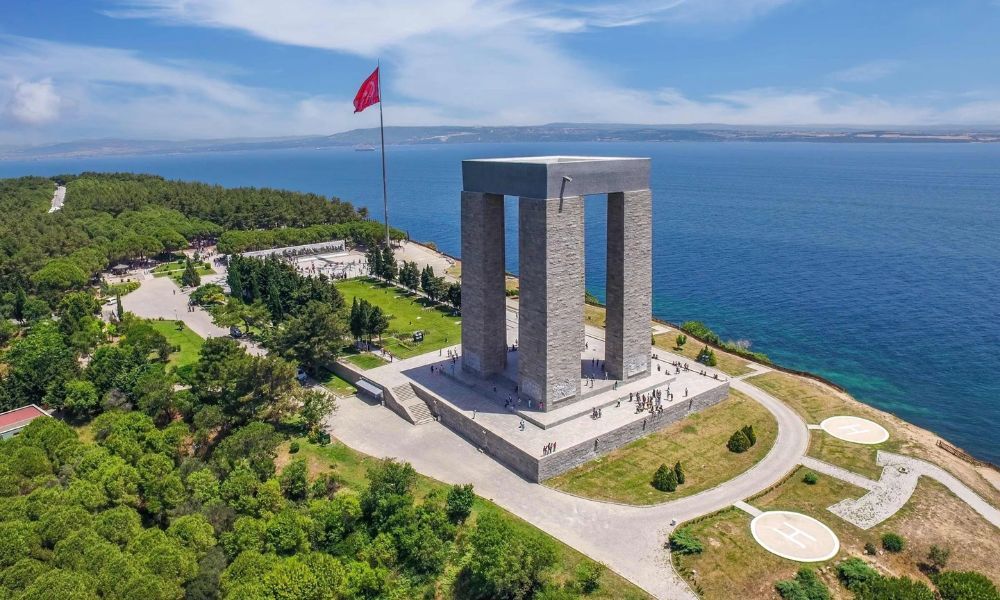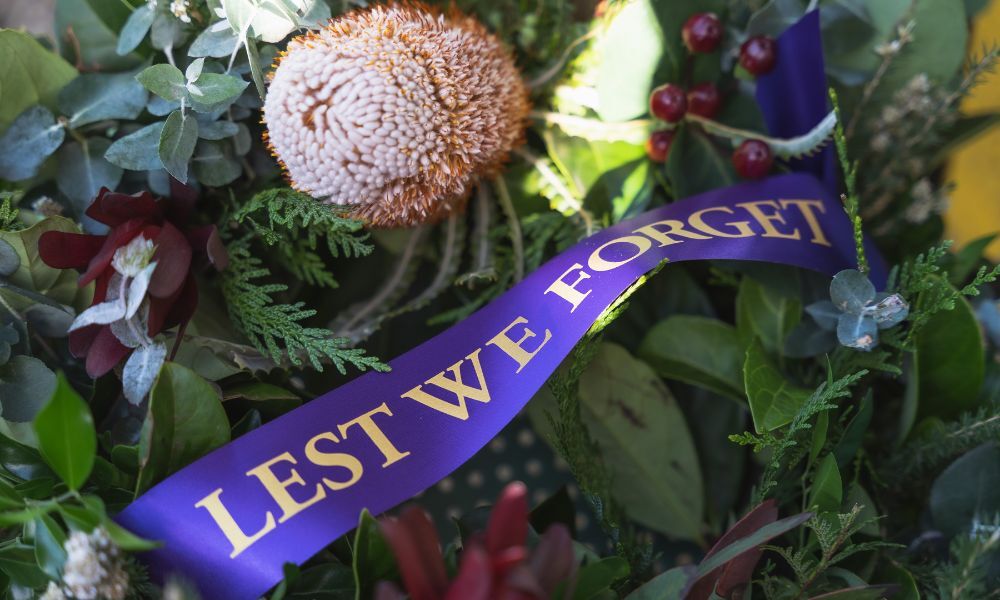8 Facts About Anzac Day
Posted by Maris on 5th Mar 2025
Every year on April 25, our nation remembers the courage and sacrifice of the ANZAC forces at Gallipoli. Here, we'll look at eight facts regarding ANZAC Day.
Anzac Day was formally established on April 25, 1916.

The seeds of a national tradition were planted in 1916, when 25 April was formally proclaimed as Anzac Day.
Previously, commemorative services were held on various days across Australia. However, in recognition of the Gallipoli campaign's growing national significance, the Australian government officially proclaimed April 25 as "Anzac Day."
This action not only preserved the anniversary in national memory, but also ensured a collective recognition of the ANZAC troops' sacrifices. Interestingly, the campaign for a national day of remembering is attributed to journalist Charles Bean, a war correspondent who vividly documented the ANZAC arrival. His effort was instrumental in transforming ANZAC Day into the solemn and meaningful event it is today.
There is no town named "Gallipoli."

Gallipoli, while not a town, refers to a peninsula in modern-day Turkey that played a crucial role during the war. The Allied forces, which included Australians and New Zealanders, landed in 1915 with the intention of taking Constantinople (Istanbul), but were met with heavy opposition from the Ottomans. Despite its military loss, the Gallipoli Campaign became a watershed moment for these nations, representing bravery and resilience. Gallipoli is now a place of memory, with war memorials and cemeteries commemorating soldiers from both sides of the fight.
Anzac Cove, the location where the Anzacs landed at Gallipoli, was renamed.

During World War I, the Australian and New Zealand Army Corps (ANZAC) made their initial arrival on the Gallipoli Peninsula north of their intended target. This unexpected turn of events landed them on a beach with steep cliffs and minimal cover, sparking an eight-month Gallipoli Campaign. Fierce fighting and the building of a beachhead made the cove a strategically important position.
Originally called Ari Burnu, it was renamed Anzac Cove in 1915 by General William Birdwood, commander of the ANZAC soldiers, in honour of their tenacity and sacrifice.
The Anzacs were all volunteers.

Unlike many nations during World War I, Australia and New Zealand's forces at Gallipoli were not conscripted. The ANZAC troops who fought valiantly in Gallipoli and throughout the war were all volunteers motivated by a feeling of duty and patriotism. This truth lends another depth of significance to Anzac Day, emphasizing the enormous dedication and sacrifice made by these people who willingly decided to fight for their countries. Regardless of the motivations that propelled WWI, the Anzacs exemplified the bravery and commitment of warriors who fought as much for one another as for their country.
The first dawn service for Anzac Day took place in 1923.

The Anzac Day dawn ceremony, which is now a cornerstone of Australian and New Zealand commemoration, began shortly after the Gallipoli Campaign. While the first official service was held in 1928, smaller meetings began as early as 1923. These early am services were most likely inspired by veterans' wish to celebrate the landing anniversary at a time that resembled their own experiences on that fateful day. The ritual gradually gained popularity, turning into the reverent and moving ceremonies that we witness today.
Contrary to common perception, the original Anzac biscuit was not included in soldiers' rations.

While frequently referred to as "Anzac wafers," the crumbly and famous Anzac biscuit we know today did not provide on-the-ground food for Anzac soldiers during World War I. Back then, troops were given the usual army biscuit, a notoriously hard "ship's biscuit" that was more likely to break teeth than bring comfort. There is some evidence that oat-based biscuits were distributed to soldiers on the Western Front, although this was not a widespread practice. The Anzac biscuit we know today originated later, most likely prepared at home and distributed by families or sold at fundraising activities to help the war effort.
Thousands travel to Gallipoli to mark Anzac Day.

The Gallipoli Dawn Service at Anzac Cove draws thousands of people every year. There have been claims of recent increases, with some services having more over 1,500 participants, the biggest in years. Descendants of ANZAC soldiers, veterans, dignitaries, and ordinary Australians and New Zealanders all travel to Gallipoli to pay their respects. This highlights the growing prominence of Anzac Day as a National Day of Commemoration, not just for veterans, but for everybody interested in their country's military history.
The last surviving Anzac was Alec Campbell, who died on May 16, 2002.
Anzac Day is even more significant because of the story of Alec Campbell, the last surviving soldier from Gallipoli. Campbell, who was only 16 years old when he enlisted, faced the terrible reality of the fight. His death in 2002 signaled the end of an era, providing a visible link to the event's human cost. His life provided as a strong reminder of the Anzacs' sacrifices, ensuring that their legacy will continue to inspire future generations.


